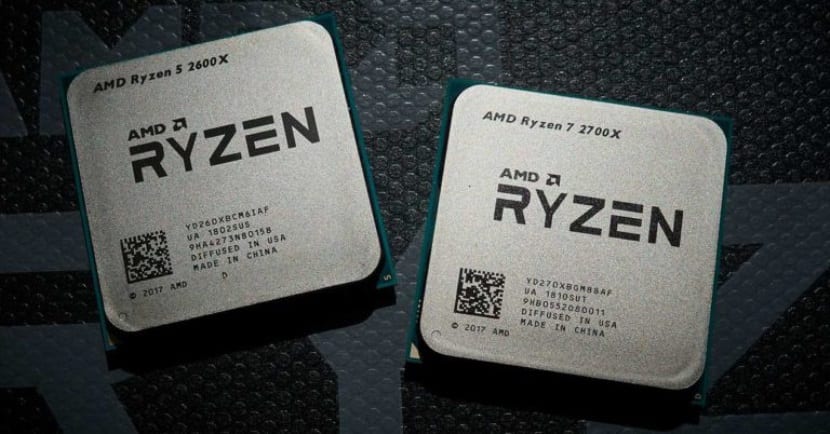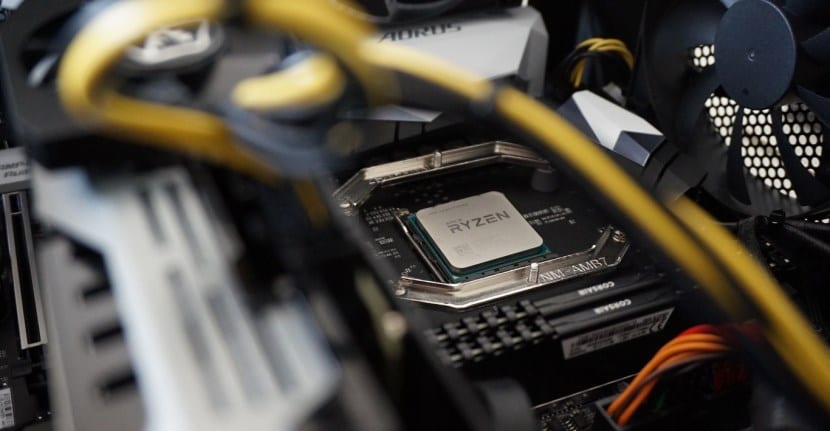
Undoubtedly, I do not want to imagine how the news that has just been starred by none other than Lisa Su, current CEO of AMD, one of the most powerful historical rivals of Intel in the market, will have sat in the Intel offices that, as the title of this same post, announces its move to 7 nanometer architecture, just a few weeks after those responsible for Intel itself had to announce that they are not yet in a position to move to 10 nanometers.
On the other hand, surely this news has sat very well with all consumers who feared something as simple as the fact that Problems that Intel has to go from 12 nanometers to 10 nanometers spread throughout the industry. As you can see, this is not so in the case of AMD, a company that seems to have put Intel on the ropes since, although they currently work with 12-nanometer processes, they are willing to go down to 7 nanometers without even, as is Intel's strategic plan, go through the 10-nanometer architecture.

Lisa Su, CEO of AMD, confirms that they have started the tests of the architecture 'Zen 2' under 7 nanometers
It was precisely during one of the typical meetings that AMD's board of directors usually hold with its investors when the CEO of the company announced, almost by surprise, that testing of the interesting new architecture had just begun 'It was 2‘, It will be manufactured using 7 nanometer processes and should be available on the market sometime in 2019.
If you thought that here are all the surprises that AMD had prepared, you are very wrong since not only its processors will evolve considerably, but the company has already begun to test one new Radeon card manufactured using 7 nanometer processes. At this point the particularity is found in that, instead of betting that this card is manufactured by Global Foundries, as is the case with processors, we bet on TSMC, perhaps the company that today leads the race in terms of use of this type of process.

We are waiting for Nvidia to respond to this enormous evolutionary leap raised by AMD
As you can see, at this point not only has companies like Intel been given a good blow, which will not offer processors manufactured in 10 nanometers, at least, until 2019, but AMD also want to lead, or at least get a good part of the cake, in that market that today leads with a firm hand Nvidia thanks to the fact that AMD could put on the market a card capable of doubling the bandwidth of the company's current Vega GPUs.
At this point we would only have to wait to see if, unlike what seems to happen with Intel, in the case of Nvidia there is any response or movement that makes us think that they also have an 'ace' up their sleeve. The only thing we know at this point about Nvidia is that have already confirmed the presentation of their new generation of GPUs, which will be presented in June and will reach the market under the new Turing architecture manufactured in a 12 nanometer process.
Personally, I have to admit that AMD has known how to evolve very quickly in a market that has demanded this type of technology for a long time, a step forward that, unfortunately, it seems that Intel has not been able to take, perhaps for the first time in its history, it is overwhelmed by the impossibility of matching its technology. On the other hand, pending to see how Nvidia can respond, another of the large companies that, if they do not want to see how different projects that today give many benefits to the company abandon it, is in the obligation of, at least, to offer something with which to convince their investors.